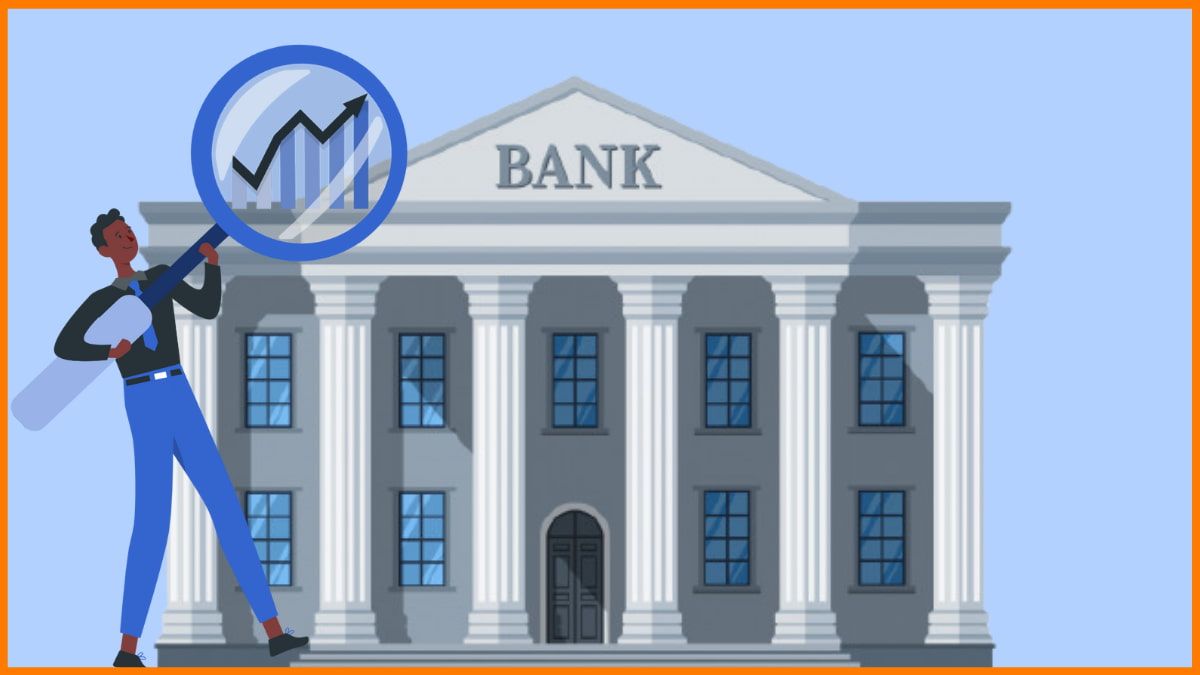
Nowadays we all have a bank account. This might sound a bit awkward but there are people out there who don’t have one. Try to remember how long did it took to open a bank account? Probably a couple of hours or weeks in some cases.
Do we know what happens with our money? Nobody knows. Because once you deposit, it’s not yours anymore it becomes the bank's money. Banks just aggregates all that capital and invests or loans it out. Your account balance is just a number in the bank's ledger. Whenever you make a transaction, banks instruct the ledger to move to the second person.
Before I go into detail, let us first look at the brief history of the banking system:
The dawn of the banking system
Business model of Banks
How do Banks earn Revenue?
How do Banks generate revenue now?
Current scenario of Banks
FAQ
The dawn of the banking system
Banking may appear complex now, yet it was created to make life easier. Italy was the epicenter of European trade in the 11th century. Merchants from across the continent intended to trade their goods, but there was one concern: there were too many currencies in circulation.
Merchants in Pisa had to cope with seven distinct types of coins and often exchange their money. The word bank comes from the Italian word "banco," which means "bench." This exchange transaction often was conducted outside on benches.
People were concerned about the perils of going with counterfeit money and the difficulty of getting alone. It was time for a change: home brokers began extending loans to entrepreneurs, and Genovese shoes pioneered cashless transactions. Bank networks were strewn across Europe, extending credit to the church and European rulers.
Business model of Banks
When it comes to building a value proposition, banks face a unique challenge since they must encourage clients to trust them with their money while also making them feel like they are getting the best value for their money. Once consumers have invested with a bank, the bank must endeavor to retain them and persuade them to purchase more products.
Their business model is customer-centric meaning being consistently striven for and develop an excellent reputation for transparency, trust, integrity, and being responsive to customer needs. They offer financial products and advice that is aligned with your financial goals. Their emphasis on corporate governance and CSR initiatives is something to look forward to as their entire business model is based on the services they offer.

How do Banks earn Revenue?
Interest from loans:
Let's imagine ten people each put $100 million into a bank. The Reserve Bank of India (RBI) has now imposed two restrictions, namely, SLR and CRR. In essence, the CRR (cash reserve ratio) is a modest percentage (4%) of the entire deposit under RBI's jurisdiction. The statutory liquidity ratio (SLR) is the proportion (19.5%) of the amount deposited that you keep or invest in liquid assets such as cash, gold, or government securities, among other things.
The RBI imposes certain restrictions to protect your funds. The remaining 76.5 percent of the entire sum is offered to you as loans. In summary, banks make loans at a rate of 12 percent interest from the 76.5 percent, and those who deposit $100 million will receive a 4 percent return, leaving the bank with an 8 percent profit. This circulation of money is also known as a fractional reserve requirement.
Interchange fees:
When you pay for things, let's take an example of a supermarket like D-mart with a debit or credit card, D-mart receives the money first. A tiny percentage of the proceeds is subsequently distributed to merchant banks, from which D-mart purchased their card swipe machine. The merchant banks keep a portion of the money and then transfer the balance to your account. These are known as interchange fees.
Service fees:
It is the fees imposed by banks for services such as locker (for holding gold), NEFT/RTGS, debit/credit card, internet banking, and Demat account.
Charging fees:
Low bank balances, lost debit/credit cards reissued, cheque bounces, overdrafts, and transaction fees (if you withdraw 4 or 5 times a month from an ATM) all result in banks charging fees.
Insurance & Mutual funds:
Typically, banks sell insurance plans on behalf of firms, such as life insurance, health insurance, and automobile insurance, for a commission. They also distribute mutual funds and are compensated by fund houses.
Trading in the financial market:
Most banks, particularly investment banks, are listed on the stock exchange, which provides them with an additional source of revenue. They also profit from foreign currency exchange, which means they buy a currency when the rate falls and sell it when the rate rises. They invest in the bond and commodity markets and profit from them as well.
Investment advice:
Investment banks charge high fees for the advice they give to corporations or public institutions when it comes to issuing bonds or shares.
How do Banks generate revenue now?
Banks are involved in risk management. People deposit their money in banks and get a nominal interest. This money is taken by the bank and lent out at substantially higher interest rates. It is a calculated risk as some people might default on repayment. This process is critical to our economy because it offers resources for people to purchase items like houses and for businesses to expand and grow. As a result, banks take money that savers aren't using and turn it into money that society can use.
The main issue with banks today is that many of them have abandoned their original position as long-term financial product suppliers in favor of short-term rewards that come with far larger risks.
During the financial boom, most big banks created complex financial structures and conducted their trading to make quick money and reward their executives and traders millions in bonuses.

Current scenario of Banks
Other forms of funding are rapidly gaining traction today. They are:
New investment banks
New investment banks charge a yearly fee and do not receive commissions on sales, giving them an incentive to operate in their clients' best interests.
Credit union systems
To avoid credit sharks, credit unions were founded in the nineteenth century as cooperative efforts. In short, they prioritize shared value over profitability. The mission is to assist members in establishing small enterprises, expanding farms, and building family homes while also investing in the community. Their members are in charge, and the board of directors is democratically elected.
Worldwide Credit unions range in size from a few hundred members to multibillion-dollar corporations with tens of thousands of members. Credit unions' emphasis on member benefits influences the level of risk they are willing to take, which explains why, despite their difficulties, credit unions fared better than traditional banks during the recent financial crisis.
Crowdfunding
Not to mention the recent boom of crowdfunding. Aside from making fantastic video games feasible, platforms evolved that allow people to obtain loans from large groups of smaller investors without having to go into a bank. But it also works in the business world.
On Kickstarter or Indiegogo, a lot of innovative technology startups emerged. The funding individual gains the joy of being a part of something bigger, and they may invest tonight as they believe in while spreading the risk so evenly that the damage is minimal if the project fails.
Microcredits
Last but not least, there are microcredits. In developing countries, many extremely small loans that help people transcend poverty were met with skepticism. People who previously couldn't receive the funds they needed to establish a business because they weren't thought to be worth the time. Microcredit lending has grown into a multibillion-dollar industry.
Final Thoughts
While banking may not be your cup of tea, the role of banks in providing funds to individuals and businesses is critical to our society and must be carried out.
That’s all for today, folks.
FAQ
What is the main business model of a commercial bank?
Commercial banks make money by providing and earning interest from loans such as auto loans, business loans, and personal loans.
How do banks make their money?
Banks make money from service charges and they also earn money from interest they earn by lending out money to other clients.
What is the largest source of revenue for banks?
One of the largest sources of revenue for banks is interest received from customers who take loans.
Author: Anamika Mahapatra
Source : https://startuptalky.com/banks-business-model/
Date : 2021-07-23T05:30:00.000Z

